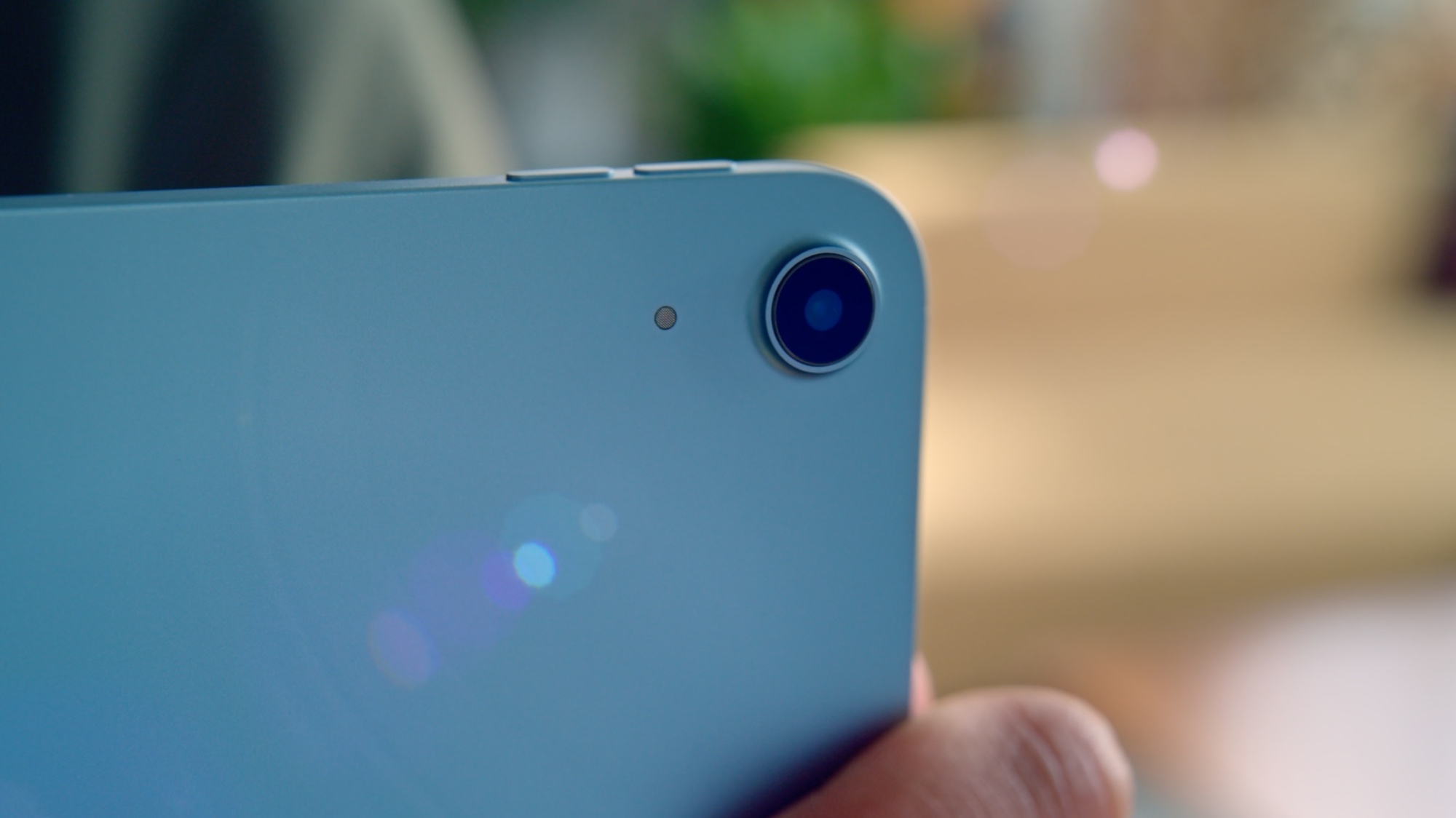The best thing about the Samsung Galaxy Buds Pro is also the worst
The Samsung Galaxy Buds Pro feature list looks great, until you see how much is locked to Galaxy smartphones

I was relieved when our Samsung Galaxy Buds Pro review landed in my inbox and described, mostly, a fine pair of wireless earbuds. Still, one thing still troubled me: besides costing $200 itself, the set of buds also needs an expensive Samsung Galaxy smartphone to fully function.
Yes, several major features in the Galaxy Buds Pro’s repertoire are only compatible with Samsung handsets running its latest Android skin, OneUI 3.1. At current count that means one of the new Samsung Galaxy S21 models, the two Galaxy Tab S7 variants…and that’s it.
- The best wireless earbuds you can buy
- Tested and ranked: the best noise-cancelling headphones
- Plus: Asus ROG Phone 5 release date, price, specs and leaks
Following Apple's lead (but worse)
As with so many things in tech, Apple did this first. The AirPods Pro, the Galaxy Buds Pro’s main rival, has an impressive digital surround sound mode called Spatial Audio. While the AirPods Pro can pair with just about any Bluetooth-enabled source device, actually using Spatial Audio demands an iPhone 7 or newer, running iOS 14.
That stings enough as it is, but the Galaxy Buds Pro take manufacturer exclusivity to a new level. Not only does 360 Audio, Samsung’s Spatial Audio equivalent, need OneUI 3.1 but so do the headphones’ neat ability to auto-switch between multiple sources. And it’s the same for the ability to sync audio captured through the earbuds’ microphones to a simultaneously recorded video, something that might have been game-changing for amateur videographers.
If you buy the AirPods Pro or Galaxy Buds Pro but don’t own the right phone, you’re getting less than the complete pair of headphones.
Normally this would be considered an outstanding clutch of features. Android would finally be getting a proper Spatial Audio rival, and automatic source-switching would solve one of the lingering annoyances with trying to use multiple devices across a single pair of headphones. Instead, these bonuses are sources of frustration for the roughly four-fifths of smartphone owners without a Samsung device.
Let’s be fair here: both Apple and Samsung will have written original software to get their respective features working, and both are under no obligation to share their work with competitors. But when you can buy earbuds from Bose or Sennheiser and have them work in full with pretty much anything, tying a seemingly standalone product like headphones to certain high-end smartphones is taking us down an unwelcoming new path.
The ecosystem trap

For one, it’s unfair. If you buy the AirPods Pro or Galaxy Buds Pro but don’t own the right phone, you’re getting less than the complete pair of headphones. But you’re still paying the same as someone with access to everything, and the only way to remedy that is to pump more money into the respective ecosystem.
Get instant access to breaking news, the hottest reviews, great deals and helpful tips.
No small amount, either. Right now the absolute cheapest OneUI 3.1 device is a base Galaxy Tab S7, at $699. If you want something that fits in your pocket, that’s $799 for the Galaxy S21.
In fact, it wasn’t until this past week that you could get 360 Audio and auto-switching enabled at all. The Galaxy Tab S7 was still running a previous version of OneUI, and the Galaxy S21 range only started shipping on January 29. So it’s not just those who own non-Samsung Android phones: anyone who bought the Galaxy Buds Pro between now and its January 15 release date has been walking around with only a partially functional pair of earbuds.
Keeping it quiet

Manufacturer-exclusive features also have a whiff of cynical marketing about them. Apple and Samsung definitely want their headphones to drive phone sales, but also seem aware that gatekeeping key features can put off consumers as much as attract them. So they rarely make it clear that some tricks may be locked behind a same-brand phone; Samsung only clarified the hardware requirements for 360 Audio in the footnote of a press release.
This smacks of a willingness to let consumers buy the products first and discover the (intentional, imposed) limitations later. Ta-da: now they’re in a sunk cost dilemma where the only way to get the most out of their new purchase is to drop even more cash on a smartphone.
That’s not to say there’s a diabolical, moustache-twirling scheme to fool folk into wasting their money. Leaving technical details to footnotes and support sites is not the same as actively misleading people. But there is a clear reticence to be fully upfront with the costs of letting certain products reach their potential.
I don't think there's a diabolical, moustache-twirling scheme to fool folk into wasting their money. But there is a clear reticence to be fully upfront with Galaxy Buds Pro shoppers.
Missing pieces

I also worry, as a music fan and techy person, whether these companies are truly building headphones to succeed on their own. It increasingly looks like they’re instead designed as an elaborate, commoditised marketing scheme for the real favourite child: smartphones.
An optimistic way of looking at this would be that the headphones still need to be good products to attract buyers and ensure the system works. Indeed, the Galaxy Buds Pro and AirPods Pro both have plenty of other merits to make them worth the purchase.
But even if future models like the AirPods Pro 2 get better and better, that will still leave us with an exaggerated version of the situation we’re in now. We’d still be offered high-quality products that you couldn’t fully enjoy without splurging a few hundred more on something completely different.
There’s nothing wrong with wanting to craft headphones with new and unique features, and headphones is an area with plenty of room for innovation. But if manufacturers are going to charge the big bucks, the transaction should really end when that money changes hands. As exciting as these new features are, putting up more barriers in an attempt to hawk phones only means that fewer and fewer people will get to ever enjoy such inventions.
More from Tom's Guide
- The best workout headphones you can buy
- Samsung Galaxy Buds Pro vs AirPods Pro: Which earbuds win?

James is currently Hardware Editor at Rock Paper Shotgun, but before that was Audio Editor at Tom’s Guide, where he covered headphones, speakers, soundbars and anything else that intentionally makes noise. A PC enthusiast, he also wrote computing and gaming news for TG, usually relating to how hard it is to find graphics card stock.
